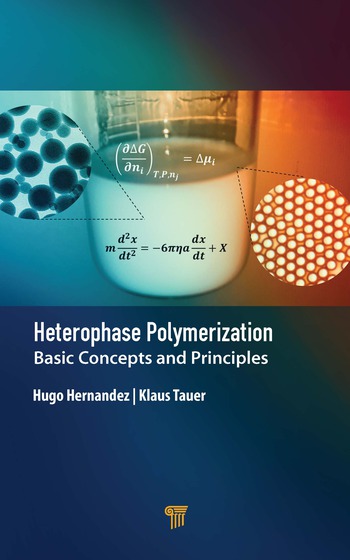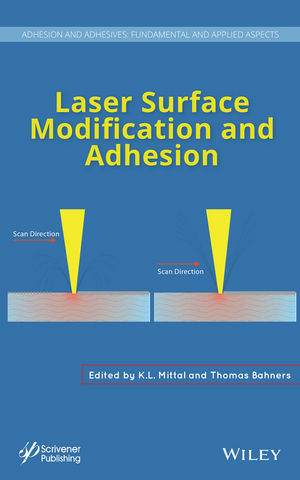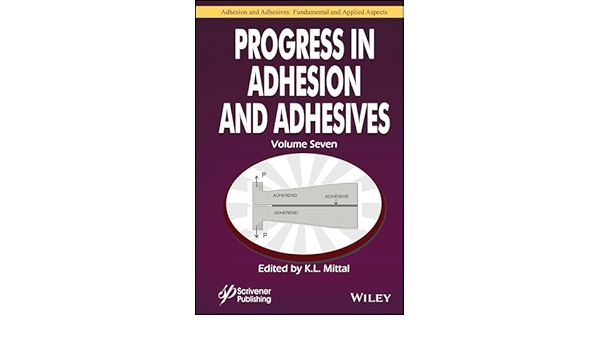Ask Dr. Dave
Question:
We have a solvent-based adhesive that appears hazy on drying. We think that water in our solvents may be causing the problem. Do you have any suggestions?Answer:
This is a fairly common problem for solvents and can be solved by either using a pre-dried solvent or by using a desiccant in your system. Common desiccants include precipitated silicas or molecular sieves. Molecular sieves are particularly effective at lowering moisture contents to very low levels. You can either pre-dry the solvent (and can then re-activate the molecular sieves for re-use by heating) or simply add a small amount of the desiccant to your finished adhesive. Desiccants, like molecular sieves, have also been shown to be very effective in lowering moisture levels in urethane adhesives and sealants where residual moisture can cause bubbling or poor shelf stability.Question:
We have been making solvent-based adhesives for over 30 years, but many of our customers ask us to change to safer systems. We want to start making latex-based adhesives but don’t know where to start.Answer:
Obviously, hiring a chemist who is very experienced in this field would be the ideal solution. However, several latex suppliers are also very experienced in formulating adhesives and can offer you formulation advice. There are many different base latex systems with different properties, including styrene-butadiene, acrylic, vinyl ester, vinyl acrylic, polychloroprene and natural rubber1. These can be used alone or blended to achieve your desired properties. Bear in mind that it is often difficult to obtain exact equivalents to your solvent-based systems using a latex. The most common differences are differing adhesion properties and slower drying times, although modern adhesive latices are vastly superior to earlier versions, which were frequently latices that were originally developed for coatings applications.Question:
I am confused by the terms adhesive primer, accelerator, activator and adhesion promoter. Can you please clarify?Answer:
Every industry tends to generate its own jargon, and individual companies have their own internal terms. Many modern adhesives are quite versatile in adhering to a wide range of surfaces but have specific problems with certain surfaces. In general, the term “primer” is used to describe a material that is used to prepare a surface for bonding or for improving adhesion. Primers often clean the surface and incorporate specific chemicals that either modify the surface or act as bridging molecules between the surface and the adhesive (adhesion promoters). A good example is organosilanes that are used to improve the adhesion of silicone sealants and acrylic or epoxy adhesives. Primers can be supplied as separate components of an adhesive or sealant system or can in some cases actually be incorporated in an adhesive – you will often see the term “primerless adhesion” used to describe these systems.
The terms “accelerator” and “activator” are usually used to describe chemicals that speed up the curing of adhesives and sealants. They are often applied to surfaces prior to applying the adhesive or can be used in one component of a two-part adhesive system. A good example are amine-type accelerators that speed up the decomposition of peroxide initiators in reactive acrylic or anaerobic adhesives – see my article on reactive acrylic adhesives in the May 2003 issue of this magazine. I hope that this clarifies the situation for you, but bear in mind that some suppliers will often misuse these terms. The best advice I can offer is to ask the supplier specifically what the material does.
References:
1 D.J. Dunn and R.H.D. Beswick, Natural and Synthetic Latex Polymers, Rapra Technology. 2002 (http://www.polymer-books.com)Looking for a reprint of this article?
From high-res PDFs to custom plaques, order your copy today!






